What Do Pharma Marketers Need to Know About Voice?
Pharma marketers can use their "voice" to increase prominence in advertising.
As voice assistants and voice search have entered the mainstream, marketers need think about how and where their brands live within the voice landscape. From voice skills and actions to voice search and advertising, marketers have a few options to increase prominence in voice.
Voice assistant trends and COVID-19
COVID-19 is accelerating trends, and we have seen surges in telehealth and online meeting software usage. We could see smart home, voice, and voice assistant usage increase as well, as more people stay home. Voice and voice assistants have the pandemic benefit of being hands free, and we may see people gravitate toward more hands-free devices to avoid germs. We should see deeper usage of voice assistants and smart home devices as people become more familiar with them, a trend that will likely stick around post-pandemic.
Voice usage may begin to plateau, however, most notably due to frustrations with performance.1 Alexa, Siri, and Google still do not recognize everyday questions, never mind issues related to difficult-to-pronounce drug names and/or conditions.
Click to enlarge
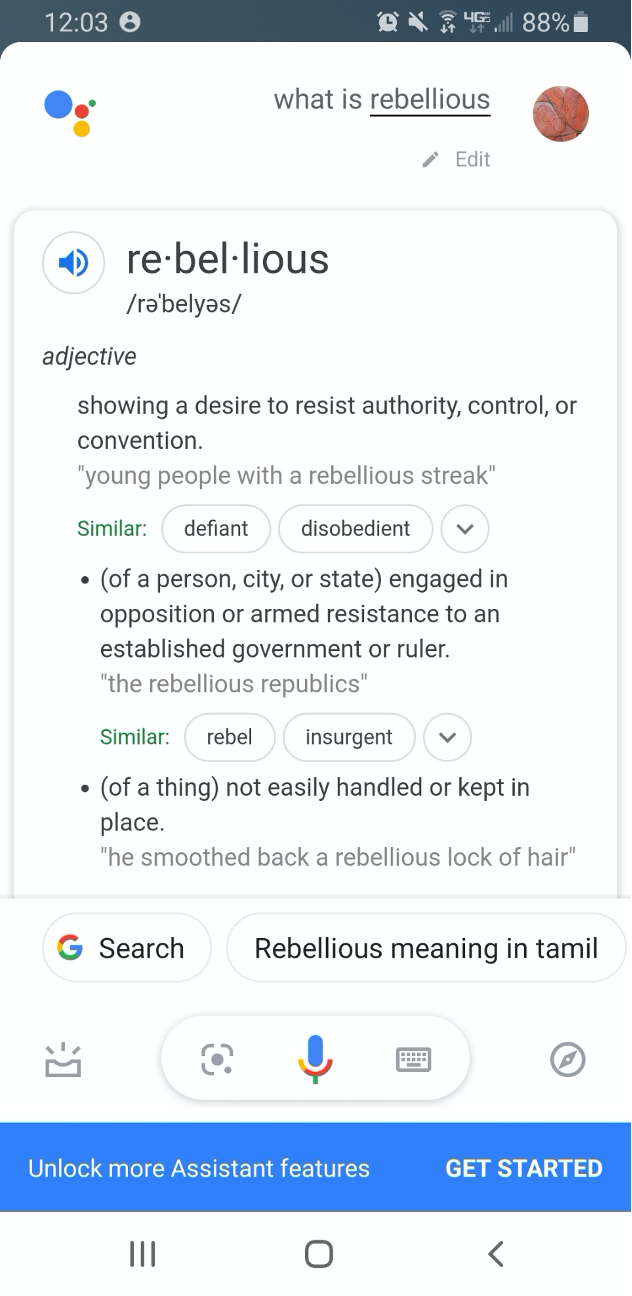
Click to enlarge
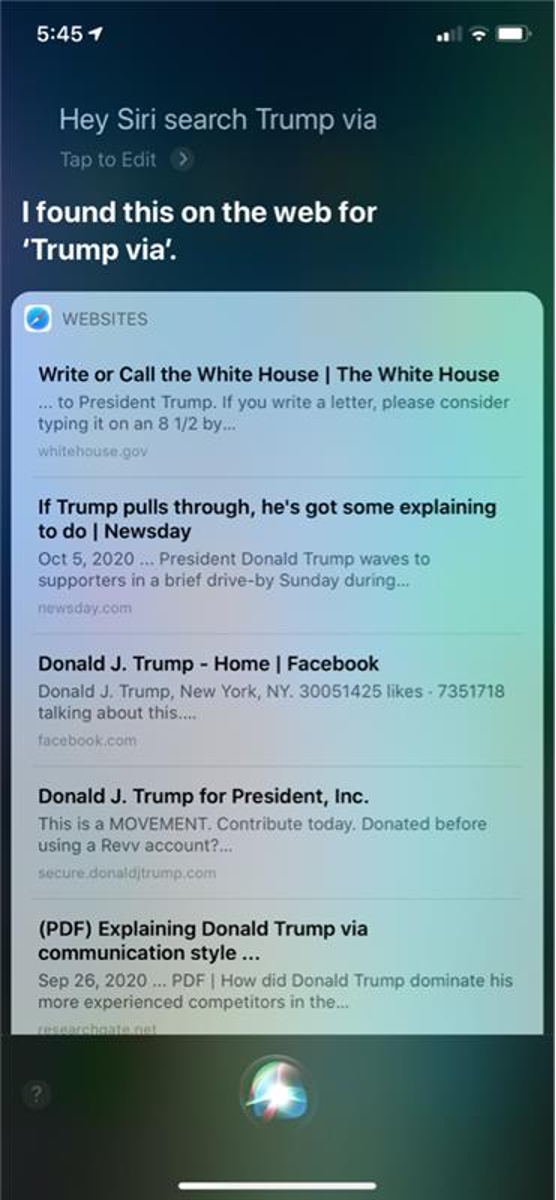
Google has been investing heavily in updating its results so it can provide more reliable answers to natural language queries. The company launched a major update in late 2019 called BERT, but that impacted less than 10% of search results. Surprisingly, Microsoft’s Bing may have been ahead of Google in this respect and has had better natural language results for some time.
Increasing voice
Marketers currently have two avenues for obtaining a presence in voice: voice search and voice assistants. Getting results in voice search requires that content is optimized for voice search. In order to obtain a voice result, a property needs to obtain a featured snippet known as “position zero” for a particular search, which is read by Google, Alexa, and Siri. If there is a screen, regular search results can display as well, including paid search ads and organic rankings.
How to build a presence in organic voice results
- Do your research: Think about what your customer would ask to find your content. Make sure you mine Google keyword tools and search results for searches in the form of questions. Review “people also ask” listings in Google for relevant searches. Use this research to inform content development for your website or skill/action.
- Use natural language keyword phrases within your content: Natural language should be used within your page titles and header tags. FAQs are key; build useful content around questions people are asking and provide a useful and concise answer.
- Utilize schema markup: Schema markup is structured data that gives the search engines more information about content. Search engines use this meta data to help categorize content and provide more useful search results. Pharma marketers have a variety of schemas at their disposal, including drug, generic name, drug class, condition, symptom, manufacturer, and FAQ.
- Follow SEO best practices: Include key terms and topics in content; create useful, unique content; develop good meta data; utilize a clear hierarchy and structure; and make sure load time and user experience is good.Follow SEO best practices and guidelines for best results.
- Promote your brand and content: Promoting your content, whether through PR, SEO, paid search, display, or TV, will help it receive more traction, more authoritative links, and in turn, increase organic visibility.
Click to enlarge

Click to enlarge
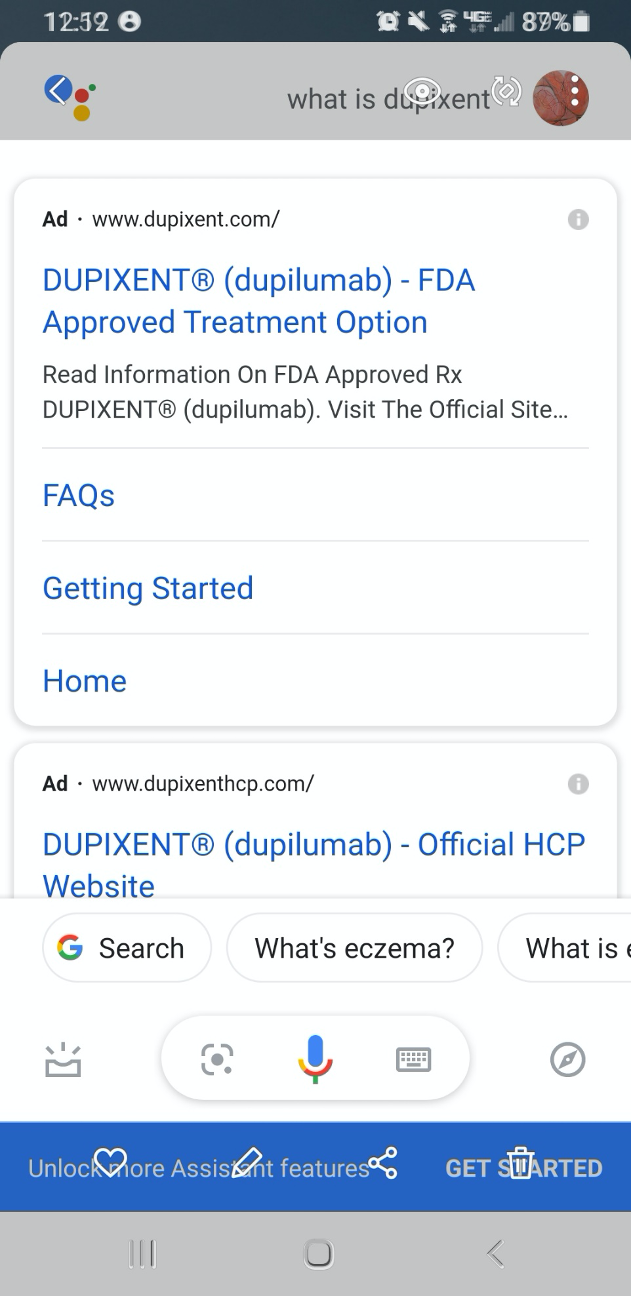
Search engines will show what they deem to be the best result for a search in organic (and paid) results where there is a screen. If Google deems a result worthy of a featured snippet in position zero, you will have the voice result as well.
Voice assistant skills/actions
The second avenue to obtaining a presence in voice is within voice assistant applications known as “skills” for Alexa and “actions” for Google devices. These voice-activated programs can be downloaded and triggered by users’ voice commands. Marketers can create FAQs, educational programs, medication reminders, or programs that command an action on a device or the internet, such as purchasing a product. As with any new property, it will have to be promoted and well-optimized to gain visibility, traction, and usage.
Click to enlarge
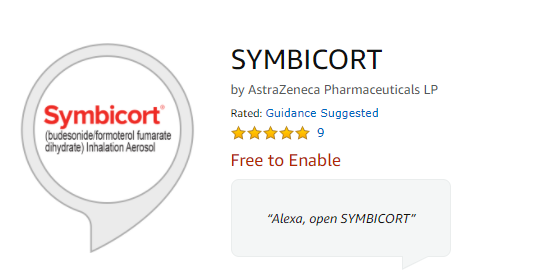
Advertising in voice
So far, marketers can optimize their properties for search and voice, and build a skill or action, but little ad opportunities exist directly through voice assistants. Advertisers can’t currently buy the voice search result that is read aloud—organic results are used for that. Advertisers can ensure their paid search ads show for voice searches that are done when a screen is present.
For voice-activated paid search, identifying those natural language searches and ensuring they are included in keyword lists is the first step. Then creating ad copy and content that can respond to those questions is key to pulling through those hand-raisers. Marketers can create inventive skills or actions but will still need to promote those applications in order to gain traction.
The final option is to purchase ads within, or sponsor skills/actions that already have built that audience. Ad options are available in audio-streaming services like Pandora and Spotify, including audio ads, sponsored playlists, and podcasts. Pandora can further target specific audiences with Crossix overlays, and vendors like ReachMD can target healthcare professionals with sponsored podcasts.
Click to enlarge
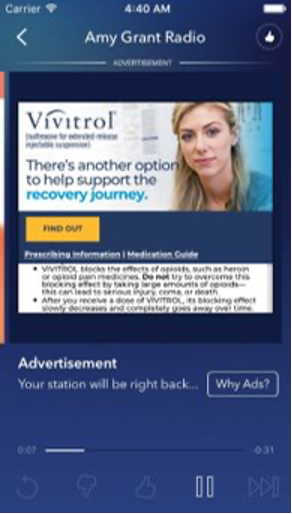
Click to enlarge
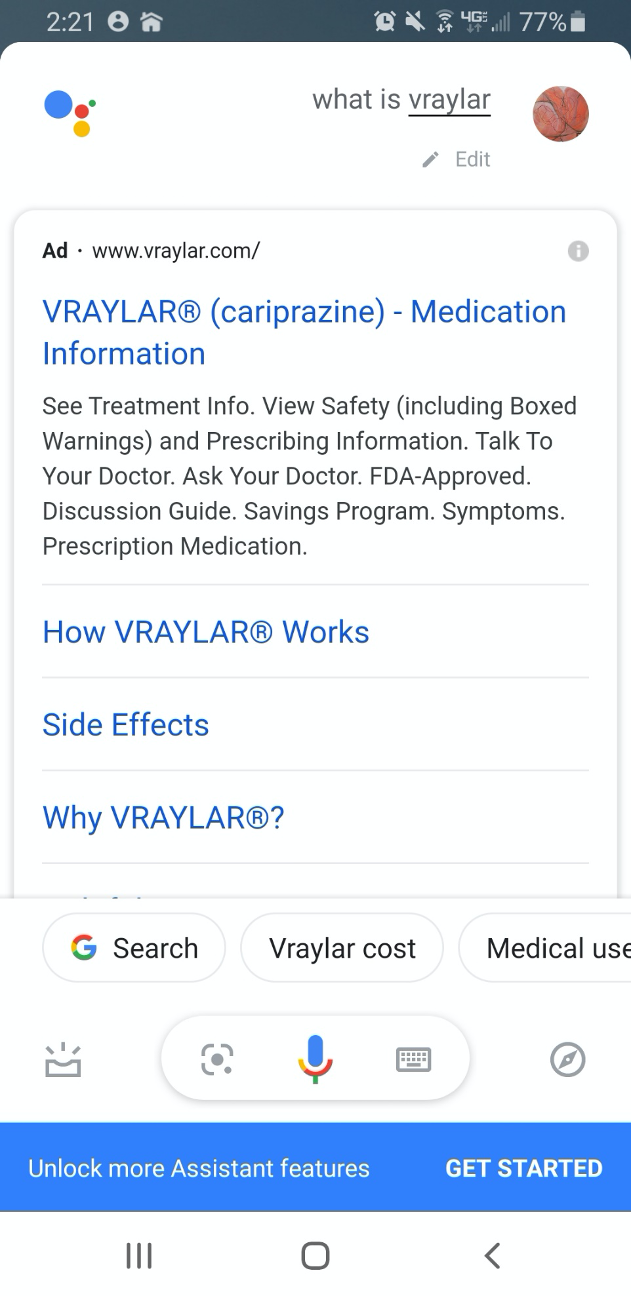
Overall, researching where the target audience is spending time and what they are doing is key to determining what tactics to employ and how. As tactics remain limited, we may see an increase in competition within the voice landscape.
Reference

Christa Toole, Partner, Search and Analytics, Greater Than One
The Misinformation Maze: Navigating Public Health in the Digital Age
March 11th 2025Jennifer Butler, chief commercial officer of Pleio, discusses misinformation's threat to public health, where patients are turning for trustworthy health information, the industry's pivot to peer-to-patient strategies to educate patients, and more.
Navigating Distrust: Pharma in the Age of Social Media
February 18th 2025Ian Baer, Founder and CEO of Sooth, discusses how the growing distrust in social media will impact industry marketing strategies and the relationships between pharmaceutical companies and the patients they aim to serve. He also explains dark social, how to combat misinformation, closing the trust gap, and more.